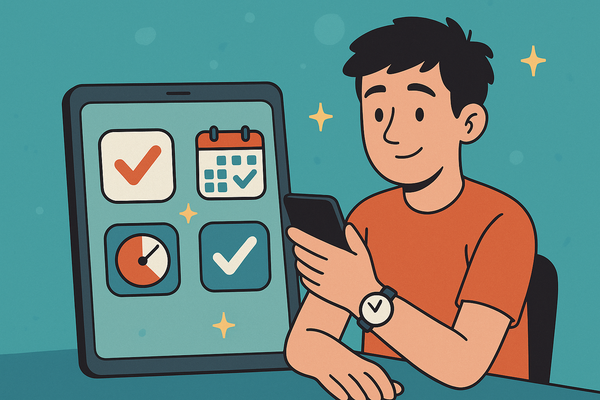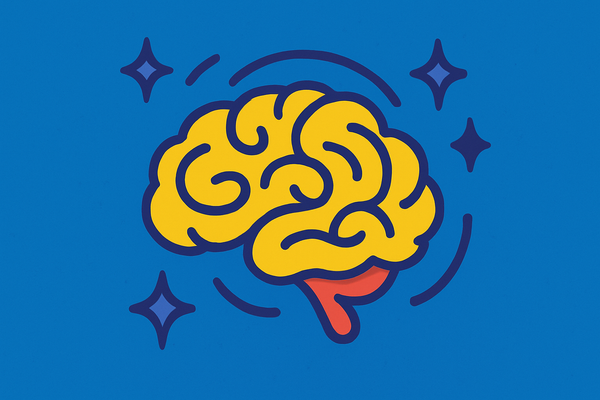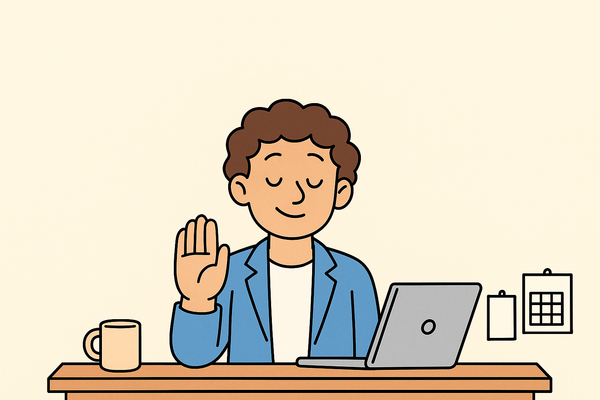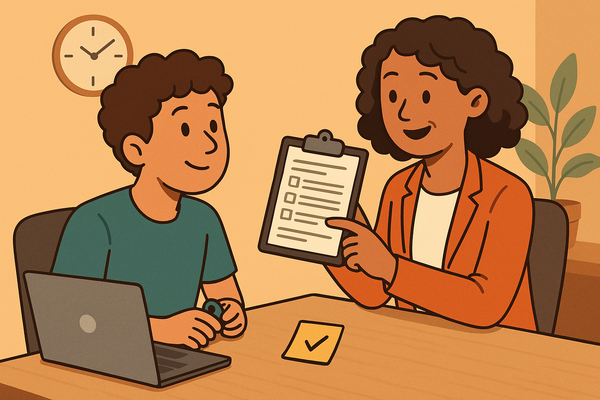I Got Diagnosed with ADHD as an Adult. Here’s What Helped Me Find My First Steps.
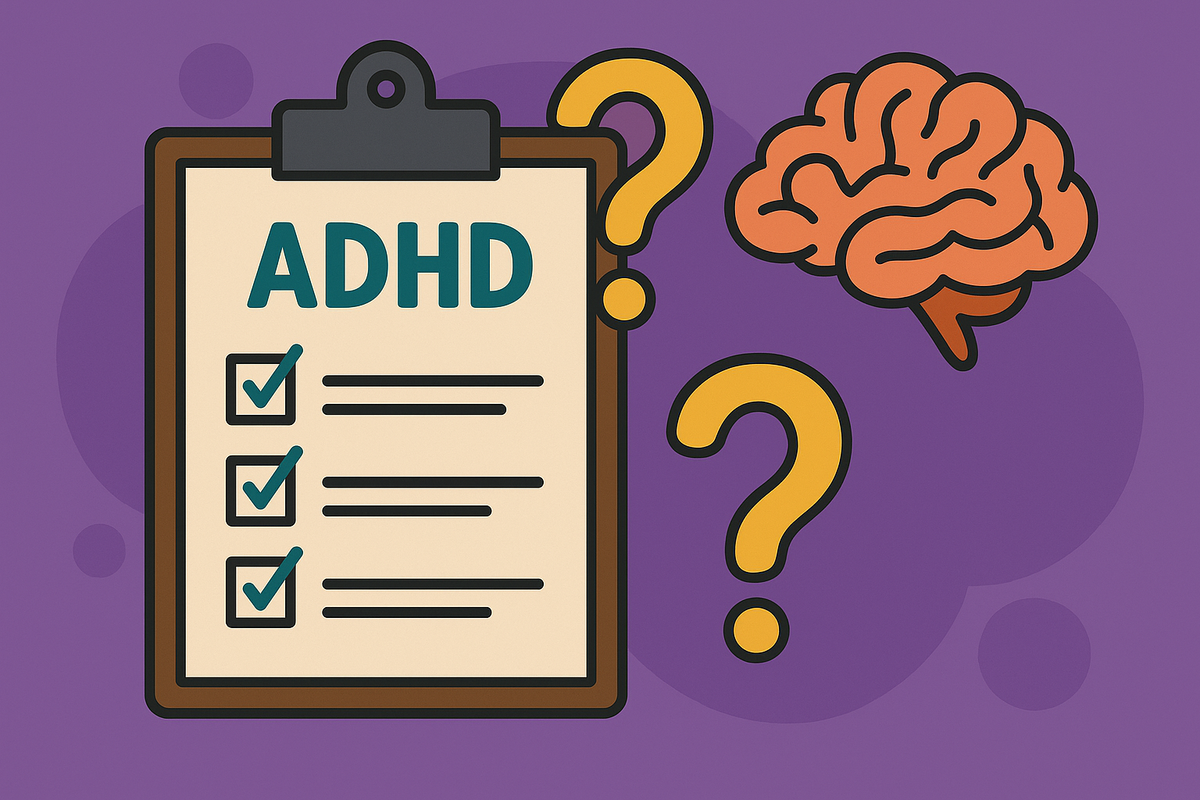
I didn’t cry when I got my ADHD diagnosis. I exhaled. It felt like someone had finally handed me the missing piece of a puzzle I’d been trying to solve for years. But after the relief came the big question: What now?
If you’ve just been diagnosed, I want to share what helped me get started. ADHD doesn’t come with a welcome guide, so here’s what I wish I knew back then.
1. Give Yourself Time to Process
It’s easy to fall into “fix it” mode. I did. I wanted to read everything, try every trick, and overhaul my routines overnight. It was exhausting. The truth is, this is a big shift in identity. You might feel grief, relief, anger, or even joy. Sometimes all of those at once. Let yourself feel it. There’s no right way to react.
2. Learn Your ADHD
There are different types and patterns of ADHD. Some people are more inattentive. Others feel more restless. I realized my brain wasn’t lazy or broken. It just worked in bursts and loops. Once I saw that, it became easier to work with it instead of fighting it. Try noticing your patterns without judgment. Keep a short journal or log for a few weeks. It can be eye-opening.
Like what you’re reading? Get weekly ADHD news, tools, and creative strategies delivered straight to your inbox.
3. Get Curious Instead of Critical
Before my diagnosis, I used to ask, “Why can’t I just do this?” Now I try asking, “What’s making this hard for me?” That small shift in language helped me stop beating myself up and start problem-solving in a way that felt supportive, not shameful.
4. Build Your Toolkit
You don’t need every app, planner, or trick. Start small. One or two things. Maybe a visual timer, a checklist on your fridge, or a notebook you actually like using. You can try new things and see what sticks. The goal is not to become perfectly organized. The goal is to find what helps you feel less overwhelmed and more in control.
5. Get Support If You Can
Therapy, coaching, or medication can make a big difference. It’s not about fixing you. It’s about giving you the tools to function more easily. I found a therapist who helped me rewrite a lot of the stories I’d been telling myself. And yes, getting a medication assessment took time, but it was worth the effort.
6. Connect with Others
The first time I talked to another adult with ADHD, I felt seen. There’s something powerful about sharing your experience with someone who just gets it. Find a group, a subreddit, or even a few voices online that make you feel less alone. It matters more than you might think.
7. Redefine Productivity
Maybe your brain doesn’t thrive on back-to-back meetings and 9-to-5 pressure. That’s not a failure. It’s a clue. I started working in short focused sprints and building in more transition time. It made everything feel more doable. You don’t have to do things the way everyone else does.
8. Be Kind to Your Past Self
This is a big one. I used to look back at old jobs or missed deadlines and feel ashamed. Now I see that I was doing my best without the right tools. It wasn’t laziness. It was undiagnosed ADHD. Learning to forgive your past self is part of moving forward.
If You’re Feeling Overwhelmed, Start Here:
- Pick one habit or strategy to try this week
- Write down one ADHD trait you like about yourself
- Take one real break today, even if it’s just five minutes
You’re Not Starting Over. You’re Starting In the Right Direction.
Your diagnosis doesn’t erase your past. It gives you new context. And that context can help you create a life that works better for you.
You’re not behind. You’re beginning again, this time, with a map.

